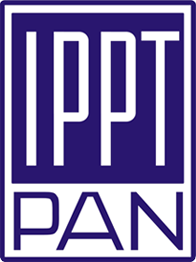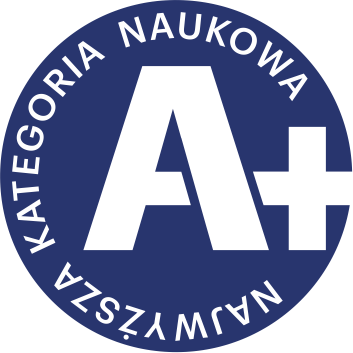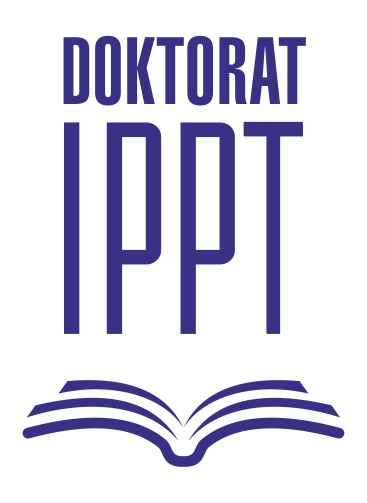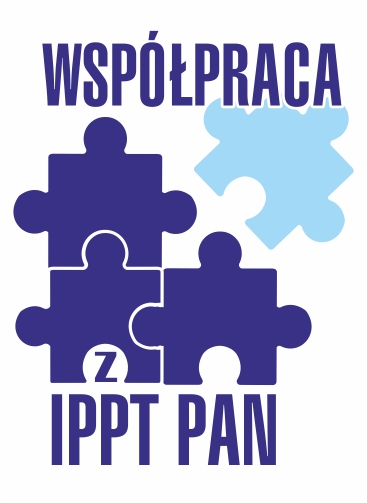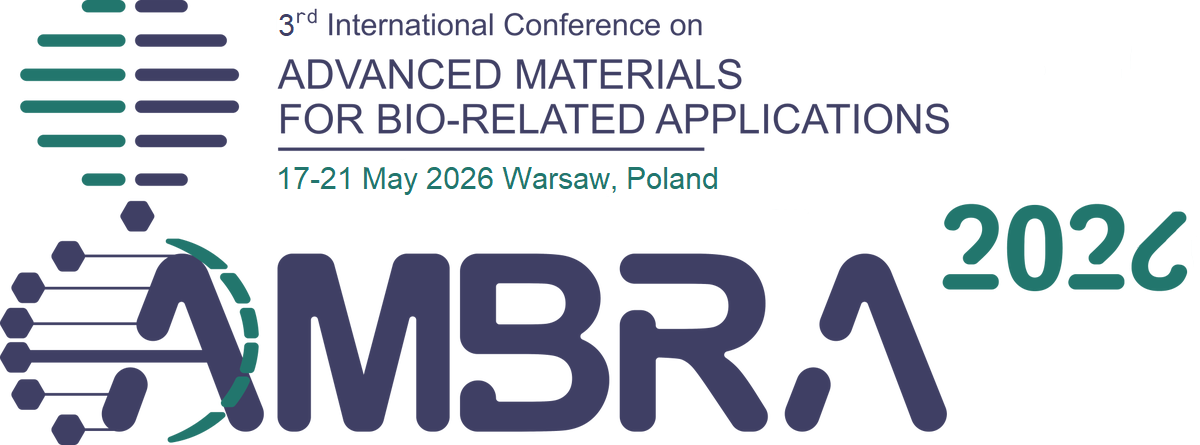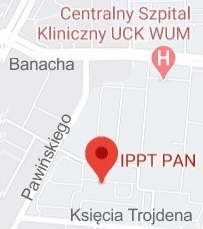| 1. |
Cofas Vargas L., Mendoza-Espinosa P.♦, Montalvo-Sandoval F.♦, Pérez-Rodríguez S.♦, Rauda-Ceja J.♦, Hernández-Peralta P.♦, Durán-Vargas A.♦, Trujillo-Roldán M.♦, Valdez-Cruz N.♦, García-Hernandez E.♦, A unified topology-based classification of SARS-CoV-2 RBD neutralizing antibodies systematizes affinity trends across variants,
mAbs, ISSN: 1942-0862, DOI: 10.1080/19420862.2025.2575083, Vol.17, No.1, pp.2575083-1-26, 2025 Streszczenie:
The receptor-binding domain (RBD) of the SARS-CoV-2 Spike protein, responsible for engaging the hACE2 receptor, is the principal target of neutralizing antibodies (NAb). To better understand how viral evolution undermines NAb protection, we present a comprehensive, topology-based classification derived from 544 NAbs and 60 nanobody–RBD complex structures. Five major NAb classes, each subdivided into two subclasses, were defined by binding zone, angle of approach, hACE2 competition, and hotspot usage. A systematic mapping of NAb–antigen contacts revealed 91 recurrent hotspot residues, some of which remain fully conserved across all Omicron variants. Leveraging > 2,300 experimentally dissociation constants spanning the Wuhan strain and Omicron lineages, we conducted a comparative affinity analysis across subclasses. NAbs in classes 1–3, which overlap the receptor-binding site, show progressive loss of affinity against Omicron, with many failing to bind recent subvariants due to emergent steric clashes and limited affinity maturation against the ancestral Wuhan RBD. Nonetheless, cases of Abs exhibiting resilience to viral drift have been documented. In contrast, classes 4 and 5 maintain high affinity regardless of their initial affinity for parental strains. Contemporary in-silico epitope predictors captured only ~40% of experimentally defined hotspots, highlighting the need for structure-guided approaches. By introducing a refined topological segmentation of the RBD grounded in previously described but unsystematized regions, our classification captures a broad diversity of NAb binding modes and provides an integrative structural framework that harmonizes prior classification schemes, its relationship with circulating variants, and highlights conserved epitope features relevant to broad-spectrum vaccine and therapeutic NAb design. Słowa kluczowe:
Affinity evolution, antibody classification, epitope mapping, neutralizing antibodies, receptor binding domain Afiliacje autorów:
| Cofas Vargas L. | - | IPPT PAN | | Mendoza-Espinosa P. | - | inna afiliacja | | Montalvo-Sandoval F. | - | inna afiliacja | | Pérez-Rodríguez S. | - | inna afiliacja | | Rauda-Ceja J. | - | inna afiliacja | | Hernández-Peralta P. | - | inna afiliacja | | Durán-Vargas A. | - | inna afiliacja | | Trujillo-Roldán M. | - | inna afiliacja | | Valdez-Cruz N. | - | inna afiliacja | | García-Hernandez E. | - | inna afiliacja |
| 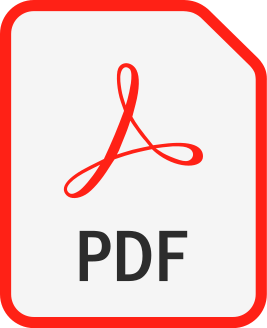 | 100p. |
| 2. |
Ramírez-Cortés Sara A.♦, Durán-Vargas A.♦, Rauda-Ceja Jesús A.♦, Mendoza-Espinosa P.♦, Cofas Vargas L.F., Cruz-Rangel A.♦, Pérez-Carreón Julio I.♦, García-Hernandez E.♦, Targeting human prostaglandin reductase 1 with Licochalcone A: Insights from molecular dynamics and covalent docking studies,
Biophysical Chemistry, ISSN: 0301-4622, DOI: 10.1016/j.bpc.2025.107410, Vol.320-321, pp.107410-1-15, 2025 Streszczenie:
Prostaglandin reductase 1 (PTGR1) is an NADPH-dependent enzyme critical to eicosanoid metabolism. Its elevated expression in malignant tumors often correlates with poor prognosis due to its role in protecting cells against reactive oxygen species. This study explores the inhibitory potential of licochalcone A, a flavonoid derived from Xinjiang licorice root, on human PTGR1. Using molecular dynamics simulations, we mapped the enzyme's conformational landscape, revealing a low-energy, rigid-body-like movement of the catalytic domain relative to the nucleotide-binding domain that governs PTGR1's transition between open and closed states. Simulations of NADPH-depleted dimer and NADPH-bound monomer highlighted the critical role of intersubunit interactions and coenzyme binding in defining PTGR1's conformational landscape, offering a deeper understanding of its functional adaptability as a holo-homodimer. Covalent docking, informed by prior chemoproteomic cross-linking data, revealed a highly favorable binding pose for licochalcone A at the NADPH-binding site. This pose aligned with a transient noncovalent binding pose inferred from solvent site-guided molecular docking, emphasizing the stereochemical complementarity of the coenzyme-binding site to licochalcone A. Sequence analysis across PTGR1 orthologs in vertebrates and exploration of 3D structures of human NADPH-binding proteins further underscore the potential of the coenzyme-binding site as a scaffold for developing PTGR1-specific inhibitors, positioning licochalcone A as a promising lead compound. Słowa kluczowe:
Leukotriene B4 dehydrogenase,NADPH-dependent enzyme,Molecular dynamics simulation,Covalent inhibition,Specific target for cancer therapy Afiliacje autorów:
| Ramírez-Cortés Sara A. | - | inna afiliacja | | Durán-Vargas A. | - | inna afiliacja | | Rauda-Ceja Jesús A. | - | inna afiliacja | | Mendoza-Espinosa P. | - | inna afiliacja | | Cofas Vargas L.F. | - | IPPT PAN | | Cruz-Rangel A. | - | inna afiliacja | | Pérez-Carreón Julio I. | - | inna afiliacja | | García-Hernandez E. | - | inna afiliacja |
|  | 70p. |
| 3. |
Cofas-Vargas Luis F.♦, Mendoza-Espinosa P.♦, Avila-Barrientos Luis P.♦, Prada-Gracia D.♦, Riveros-Rosas H.♦, García-Hernández E.♦, Exploring the druggability of the binding site of aurovertin, an exogenous allosteric inhibitor of FOF1-ATP synthase,
Frontiers in Pharmacology, ISSN: 1663-9812, DOI: 10.3389/fphar.2022.1012008, Vol.13, pp.1012008-1-19, 2022 Streszczenie:
In addition to playing a central role in the mitochondria as the main producer of ATP, FOF1-ATP synthase performs diverse key regulatory functions in the cell membrane. Its malfunction has been linked to a growing number of human diseases, including hypertension, atherosclerosis, cancer, and some neurodegenerative, autoimmune, and aging diseases. Furthermore, inhibition of this enzyme jeopardizes the survival of several bacterial pathogens of public health concern. Therefore, FOF1-ATP synthase has emerged as a novel drug target both to treat human diseases and to combat antibiotic resistance. In this work, we carried out a computational characterization of the binding sites of the fungal antibiotic aurovertin in the bovine F1 subcomplex, which shares a large identity with the human enzyme. Molecular dynamics simulations showed that although the binding sites can be described as preformed, the inhibitor hinders inter-subunit communications and exerts long-range effects on the dynamics of the catalytic site residues. End-point binding free energy calculations revealed hot spot residues for aurovertin recognition. These residues were also relevant to stabilize solvent sites determined from mixed-solvent molecular dynamics, which mimic the interaction between aurovertin and the enzyme, and could be used as pharmacophore constraints in virtual screening campaigns. To explore the possibility of finding species-specific inhibitors targeting the aurovertin binding site, we performed free energy calculations for two bacterial enzymes with experimentally solved 3D structures. Finally, an analysis of bacterial sequences was carried out to determine conservation of the aurovertin binding site. Taken together, our results constitute a first step in paving the way for structure-based development of new allosteric drugs targeting FOF1-ATP synthase sites of exogenous inhibitors. Słowa kluczowe:
FOF1-ATP synthase inhibition, conformational dynamics, solvent sites, binding free energy, hot spot binding residues, bacterial pathogens Afiliacje autorów:
| Cofas-Vargas Luis F. | - | inna afiliacja | | Mendoza-Espinosa P. | - | inna afiliacja | | Avila-Barrientos Luis P. | - | inna afiliacja | | Prada-Gracia D. | - | inna afiliacja | | Riveros-Rosas H. | - | inna afiliacja | | García-Hernández E. | - | inna afiliacja |
|  | 100p. |



